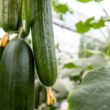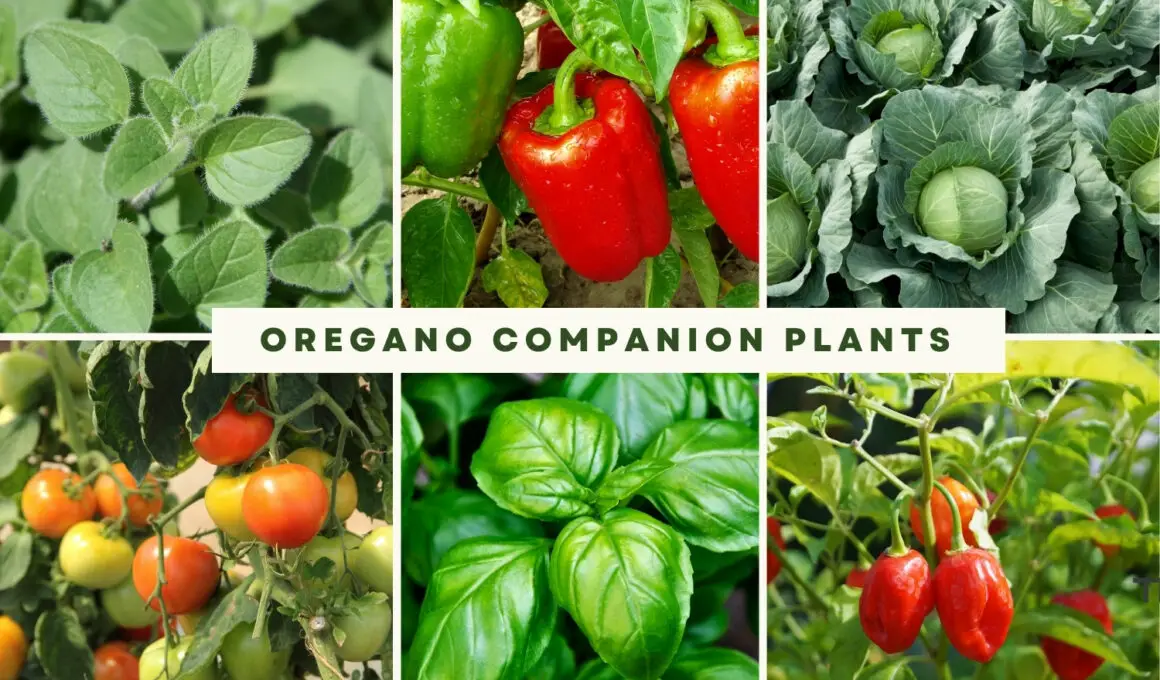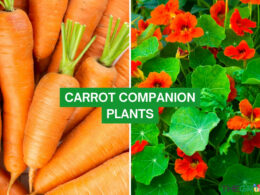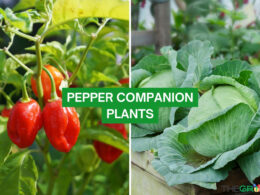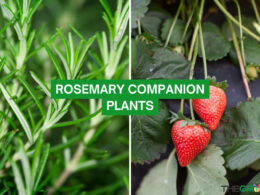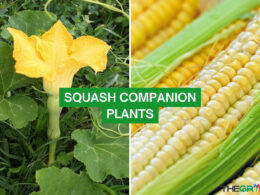In This Article Show
Through countless seasons, trial, and error, I’ve honed my understanding of which plants thrive together, offering each other mutual benefits and creating a more harmonious garden.
One plant that has become a stalwart in my companion planting journey is oregano. Renowned for its culinary and medicinal uses, this versatile herb also proves to be a fantastic companion for a variety of other plants. Its resilient nature and pest-deterring qualities make it a truly beneficial addition to your garden.
However, like any art form, getting companion planting right requires a nuanced understanding. It’s not just about plopping two plants next to each other and hoping for the best. The benefits of companion planting extend far beyond shared space, contributing to healthier plants, improved yield, and even more vibrant flavors.
In this post, we’ll dive into the world of oregano companion planting. I’ll share the list of plants that thrive when grown with oregano and a few to steer clear of. Furthermore, we’ll explore a step-by-step guide to companion planting with oregano based on my years of experience in the field.
Why Oregano is a Good Candidate for Companion Planting
Gardening, in its essence, is a dance between patience, knowledge, and understanding the distinct characteristics of your plants. Over my 13 years of gardening, oregano has continually proven itself to be a worthy partner in this dance, particularly when it comes to companion planting. Here’s why.
Oregano, a perennial herb with its roots in the Mediterranean region, boasts a robust and hardy nature. Its resilience to various weather conditions, coupled with its low-maintenance growth habit, makes it a convenient option for gardeners of all levels.
Get Gardening For Beginners
Our new EBOOK shows newcomers and green thumbs alike a step by step guide to growing the garden of their dreams.
One of the key reasons why oregano makes an excellent companion plant is due to its powerful aroma. This strong scent serves a dual purpose: it attracts beneficial insects that help with pollination while simultaneously deterring common garden pests.
Critters such as aphids, mosquitoes, and even larger pests like cabbage moths tend to avoid areas where oregano grows. This makes oregano an efficient, natural form of pest control, lessening the need for harmful chemical pesticides.
In addition, oregano plants are known to have a dense growth pattern, creating a sort of living mulch that helps to control weeds. This weed-suppressing trait makes it beneficial to neighboring plants that might otherwise have to compete for nutrients and space.
Moreover, oregano, like many other herbs, has a deep root system that helps improve soil structure over time. The roots break up compacted soil, allowing better aeration, water drainage, and root penetration for other plants in the vicinity.
To top it all, the attractive flowers of the oregano plants are a magnet for pollinators like bees and butterflies. Their presence not only adds beauty to your garden but also promotes better yields for all flowering and fruiting plants around.
The Best Companion Plants for Oregano
Having cultivated various plant combinations in my garden over the past 13 years, I’ve found that certain plants seem to thrive when grown alongside oregano. Here’s a compilation of the best companion plants for oregano based on my personal experience and research:
1. Tomatoes
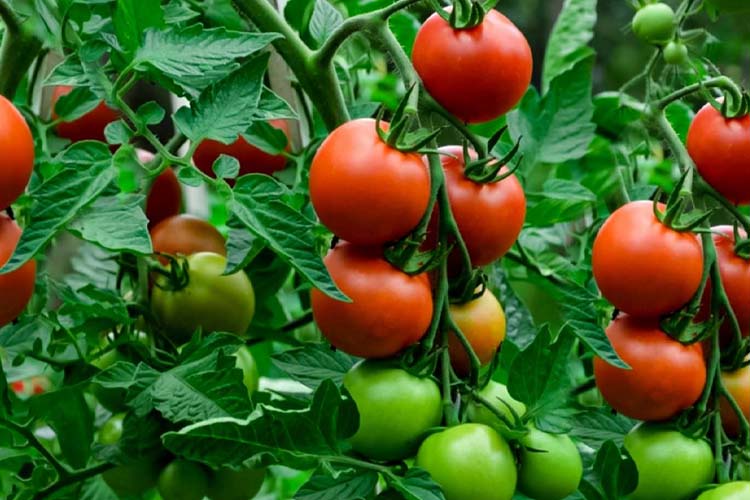
Oregano and tomatoes make excellent companions, a combination as a classic in the garden as it is on a pizza! The strong scent of oregano deters many pests that are commonly attracted to tomato plants, such as aphids and several types of beetles.
Get Gardening For Beginners
Our new EBOOK shows newcomers and green thumbs alike a step by step guide to growing the garden of their dreams.
Additionally, the oregano acts as a ground cover, reducing the growth of competing weeds.
2. Peppers
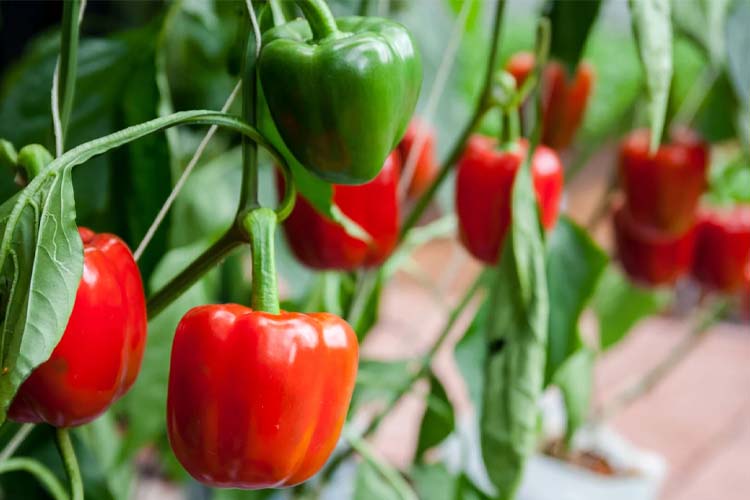
Similar to tomatoes, peppers also benefit from oregano’s pest-repelling qualities. The fragrance of oregano confuses pests that might otherwise target pepper plants. Moreover, the dense growth of oregano helps maintain soil moisture, benefitting the somewhat water-loving pepper plants.
3. Basil
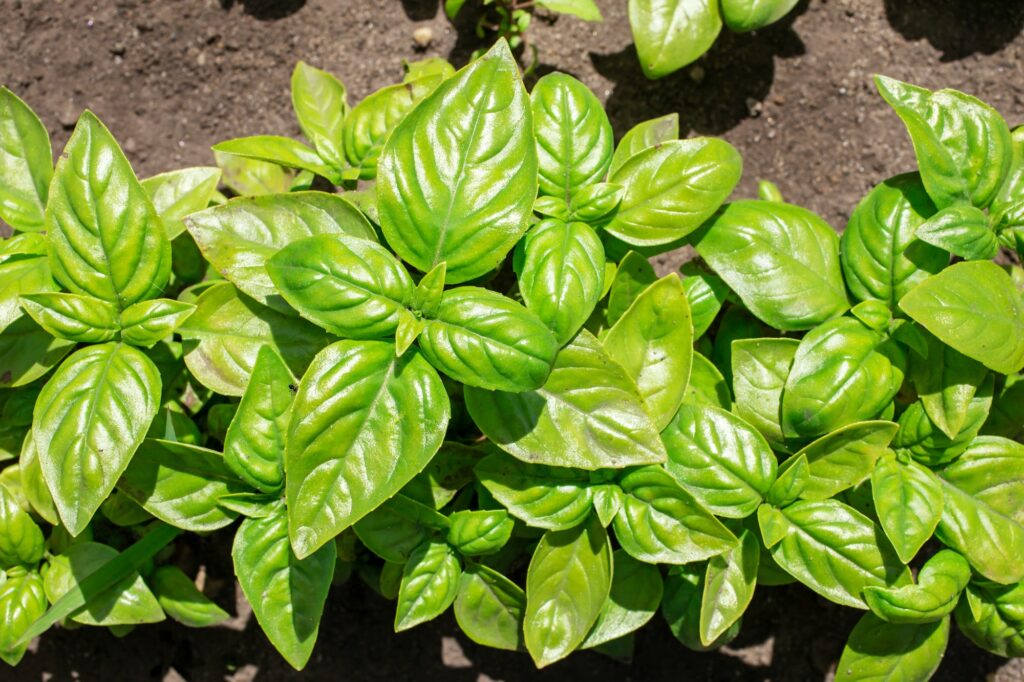
Oregano and basil not only work well together in recipes but also the garden. Both Mediterranean herbs, thrive under similar conditions of sunlight and drainage. Their scents combined create a strong deterrent for pests while attracting beneficial pollinators.
4. Cabbage
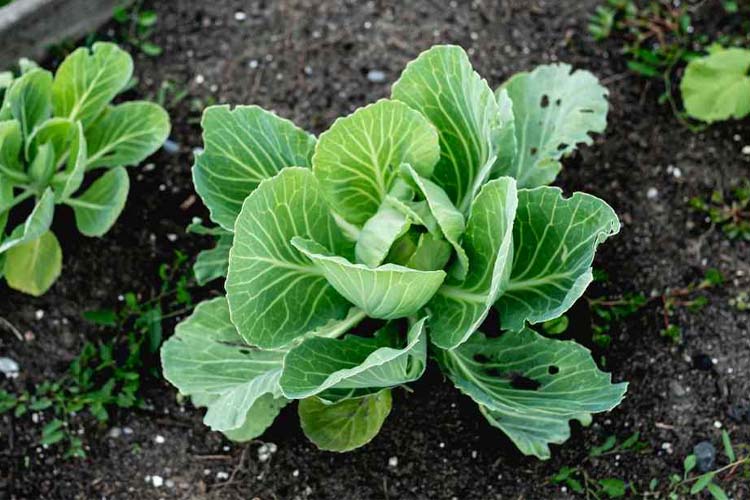
The scent of oregano is particularly effective in deterring cabbage moths, common pests for cabbage and its relatives. This makes oregano a great companion for cabbage and other brassicas like broccoli and cauliflower.
5. Broccoli and Cauliflower
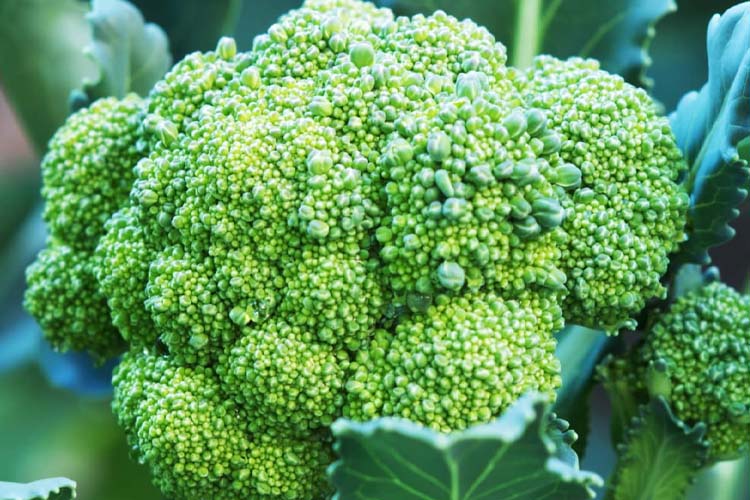
These plants often fall prey to the same pests as cabbage, making oregano an equally effective companion for them. The added benefit of attracting pollinators also helps increase the overall yield.
6. Beans

Oregano’s robust aroma can deter bean beetles, making it a beneficial partner for various types of beans. Plus, as a ground-covering plant, oregano helps to retain soil moisture, which is beneficial for the bean plant’s growth.
7. Cucumbers
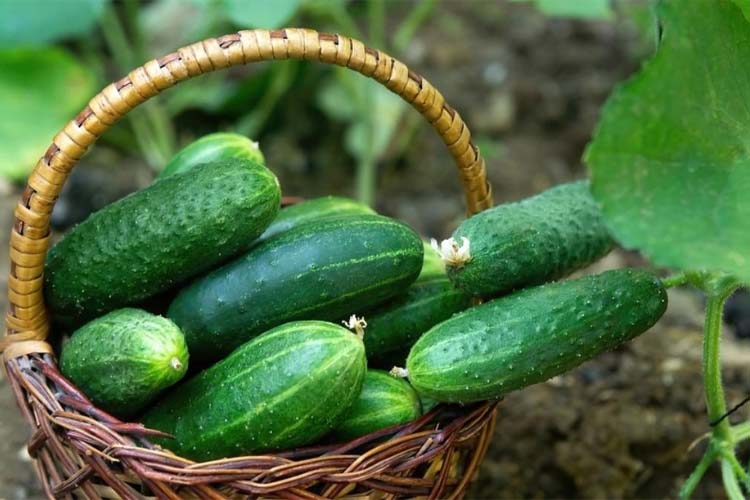
Oregano’s ability to attract pollinators is particularly useful for plants with male and female flowers, like cucumbers. Increased pollinator activity ensures better fruit set and yield. Also, the fragrance of oregano can deter common cucumber pests like aphids and cucumber beetles.
8. Corn
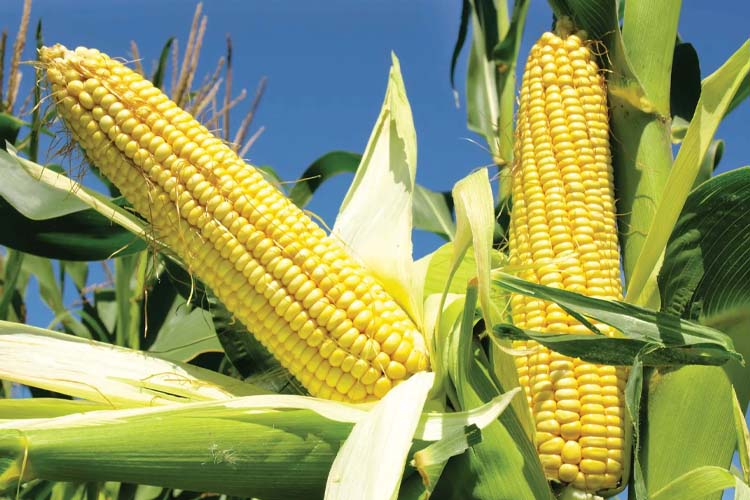
Corn can provide oregano with a bit of light shade during the heat of the summer, while oregano’s dense growth pattern can help keep weeds from encroaching on the corn. Additionally, oregano’s strong scent can help deter pests that are typically attracted to corn plants.
9. Grapes
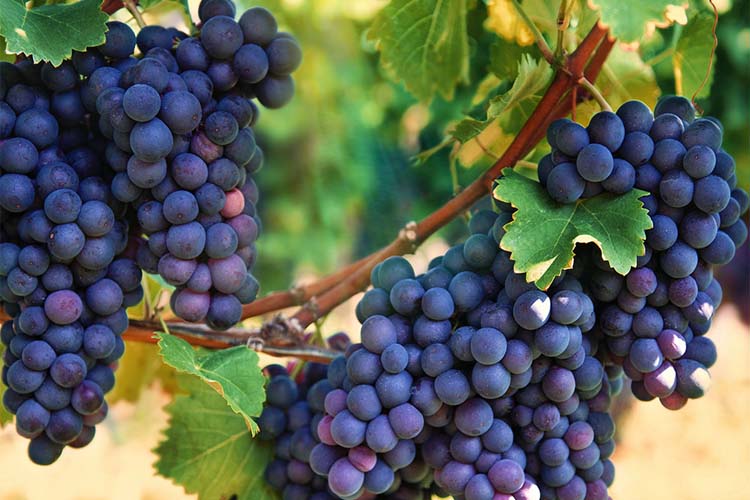
As odd as it may seem, oregano can be a good companion for grapevines. The Mediterranean roots of both plants mean they thrive in similar conditions. Oregano helps deter pests and can assist in preventing weed growth under grapevines.
10. Zucchini
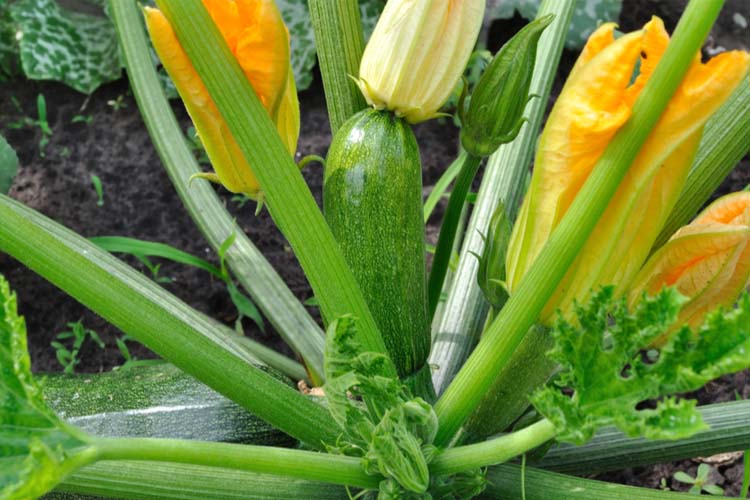
Oregano’s scent can help keep squash bugs and other pests away from zucchini plants. Furthermore, oregano’s growth provides a form of ground cover, reducing the splashing of soil onto the zucchini plant leaves, which can help prevent fungal diseases.
Each of these plant companions for oregano brings a unique advantage to your garden, creating a more harmonious and productive growing environment. Remember, the art of companion planting relies heavily on trial and error, so don’t be afraid to experiment and find what works best in your specific garden conditions.
Plants to Avoid Planting with Oregano
Just as some plants thrive in the company of oregano, others may not fare as well when planted alongside this aromatic herb. Here are a few plants you might want to avoid pairing with oregano in your garden:
1. Potatoes
Oregano may interfere with the growth of potatoes. Both these plants compete for similar nutrients from the soil, which can lead to stunted growth or reduced yield.
2. Carrots
While not harmful, oregano and carrots don’t offer each other any significant benefits. Oregano’s dense growth can potentially crowd carrots, which need a bit of space for their roots to develop fully.
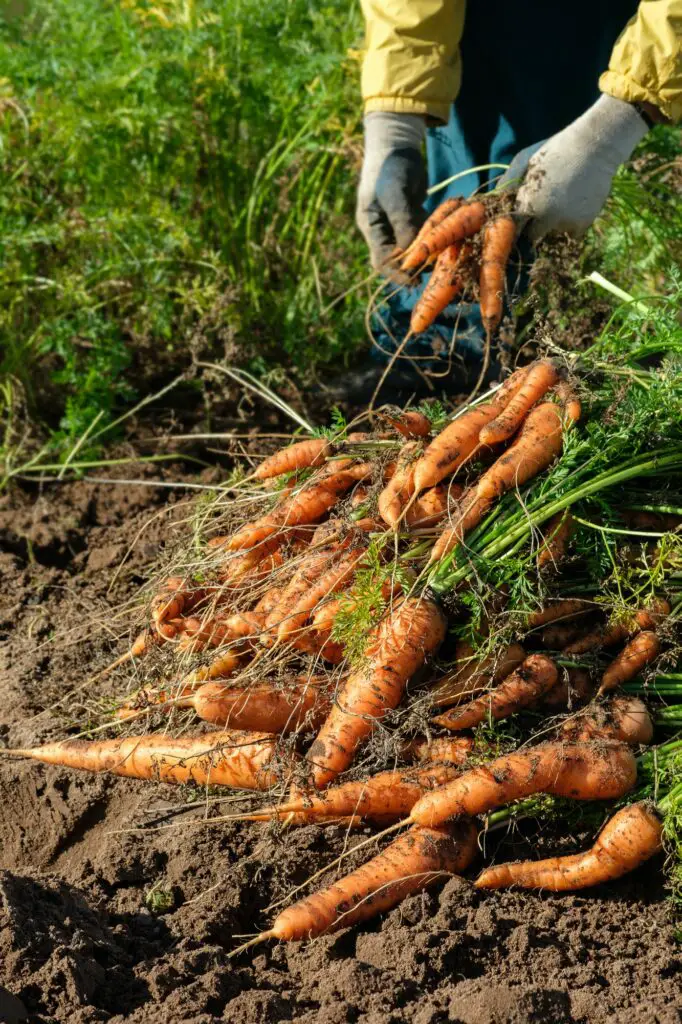
3. Asparagus
Asparagus prefers more alkaline soil, whereas oregano thrives in slightly acidic to neutral conditions. Their differing pH preferences can make them incompatible in the same planting area.
4. Rue
This herb generally doesn’t play well with others, and oregano is no exception. Rue can stunt the growth of nearby plants and should generally be given its own space.
Remember, these are general guidelines, and a lot depends on the specific conditions in your garden, such as soil, sunlight, and climate. Gardening is a constant learning process, and sometimes, the best teacher is a personal experience.
How to Companion Plant Oregano: A Step-by-Step Guide
Now that we’ve explored the ‘why’ and ‘who’ of oregano companion planting, let’s dive into the ‘how’. This step-by-step guide is built on my own 13 years of gardening experience, to make your journey into companion planting a successful one.
1. Choose the Right Site
Oregano prefers full sun but can tolerate a bit of shade. The site should have well-draining soil. It’s ideal to plant oregano where it can spread without crowding other plants.
2. Prepare the Soil
Enrich your garden soil with organic matter such as compost or well-rotted manure. Oregano isn’t too picky about the soil, but it does well in slightly acidic to neutral pH.
3. Plant Oregano
You can start oregano from seed, but it’s usually easier to plant young plants or divisions from a nursery. Plant oregano in the prepared soil, spacing them about 8 to 10 inches apart.
4. Companion Planting
Next, plant the companions. Consider the individual needs of each plant, such as sun, water, and spacing requirements. For example, if you’re planting tomatoes or peppers, give them ample space to grow without the oregano crowding them out.
5. Ongoing Care
Water as needed, letting the soil dry out between watering. Oregano is drought-tolerant, so avoid overwatering. As the plants grow, you may need to trim back the oregano if it starts to invade the space of other plants.
6. Harvesting
Oregano leaves can be harvested as soon as the plant is about 4 inches tall. Regular harvesting or trimming will encourage a bushier growth habit.
With these steps, you’ll be well on your way to successfully implementing companion planting with oregano in your garden. While it’s a relatively straightforward process, always remember that gardening is a learning experience. Feel free to experiment and adjust as needed to suit the unique conditions of your garden.
Frequently Asked Questions
To wrap things up, I’d like to address some frequently asked questions that I’ve encountered over my 13 years of gardening experience. These are common inquiries that might cross your mind when it comes to oregano and companion planting.
How much sun does oregano need?
Oregano is a sun-loving plant that thrives in full sunlight. It can tolerate partial shade, but for optimal growth and flavor, plant oregano in a spot where it will receive at least 6 hours of direct sunlight each day.
How should I water oregano and its companion plants?
Oregano is a drought-tolerant plant and prefers slightly dry soil. Water thoroughly but infrequently, allowing the soil to dry out in between. However, remember that its companion plants may have different water requirements, so you may need to adjust watering practices accordingly.
Can oregano be planted with other herbs?
Yes, oregano can be a good companion for many herbs, especially those that have similar sunlight and water requirements, such as basil, thyme, and rosemary. Their combined scents can also help deter a variety of pests.
How often should I harvest oregano?
You can start harvesting oregano leaves when the plant is around 4 inches tall. Regular harvesting encourages bushier growth. Remember, the flavor is most intense just before the plant flowers, which makes it an ideal time to harvest for culinary use.
Does Oregano come back every year?
Yes, oregano is a perennial plant, meaning it can come back year after year, provided the conditions are right. In colder climates, the plant may die back in winter but regrow from the roots in spring.
Can you grow oregano in pots?
Absolutely! Oregano grows very well in pots. This can be a good solution if you’re concerned about oregano’s tendency to spread in the garden, or if you’re gardening in a space with limited room.
Wrapping it up
In conclusion, companion planting with oregano offers a multitude of benefits, including pest control, improved soil health, and enhance biodiversity in your garden.
Over my 13 years of gardening, I’ve found oregano to be a reliable ally that pairs well with a range of plants, from tomatoes to peppers to beans.
However, keep in mind that every garden is unique and that the key to successful gardening lies in observation, adaptation, and continuous learning. So, don’t be afraid to experiment, adjust, and find what works best in your garden environment.

